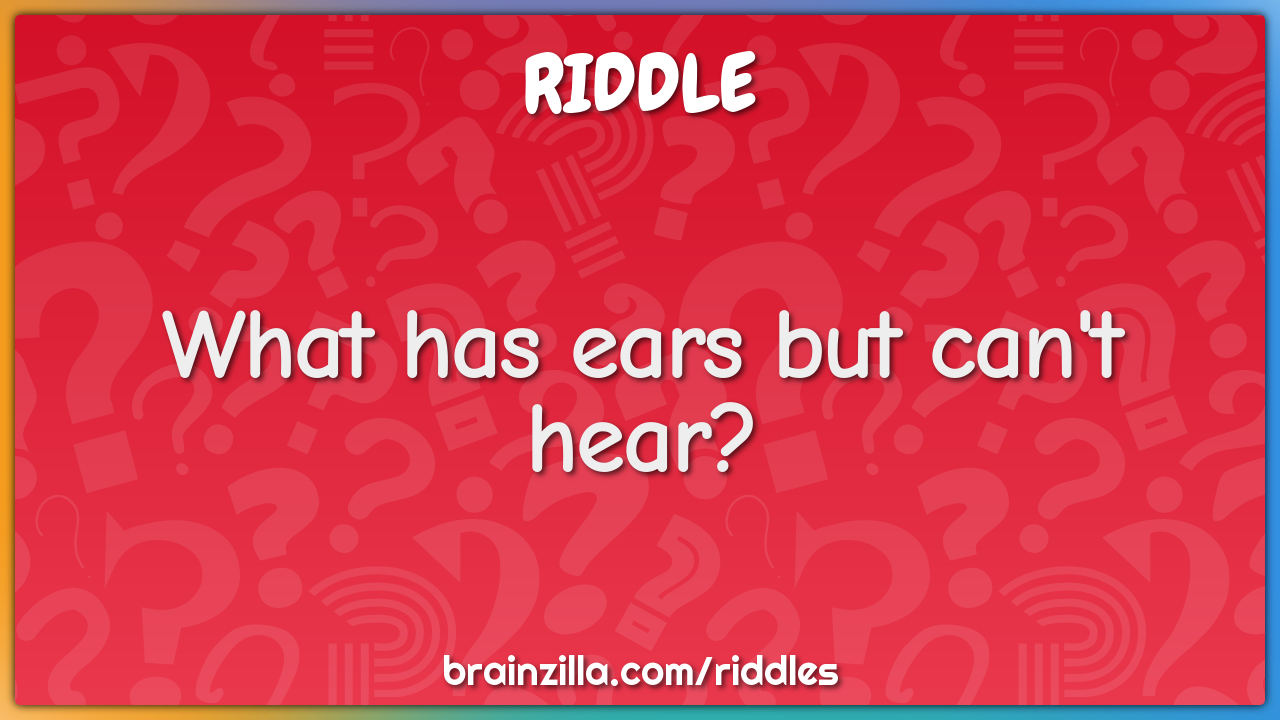Introduction to the Riddle
Riddles are puzzles wrapped in words, often employing metaphorical language to pose thought-provoking questions. They challenge our perception and often reveal unexpected answers, urging us to think beyond the literal.
Unraveling the Riddle: Explaining the Concept
Defining the Riddle
“What has ears but doesn’t listen?”—this riddle exemplifies the concept of personification, attributing human characteristics to non-human entities, prompting us to think abstractly.
Significance of Riddles in Cultures
Riddles have been an integral part of various cultures, serving as entertainment, educational tools, and brain teasers. They transcend generations, showcasing the art of wordplay.
Analyzing the Riddle: “What Has Ears but Doesn’t Listen?”
Contextualizing the Elements
The riddle comprises elements that juxtapose a physical feature (ears) with a lack of action (not listening), challenging conventional perceptions and inviting lateral thinking.
Hinting at the Answer
The answer lies in understanding the metaphorical representation of “ears” in a context where listening isn’t the intended function.
Reveal the Answer: The Solution Explained
Creative Interpretation
The answer to this riddle is a “cornfield.” While a cornfield doesn’t possess actual ears, it’s symbolically referred to as having “ears” due to the rows of corn resembling human ears.
Exploring the Metaphorical Aspect
Drawing Parallelism
Metaphorically, the riddle hints at situations where something may possess a particular feature but doesn’t utilize it in the expected or conventional manner, inviting deeper reflection.
conclusion
riddles like “What has ears but doesn’t listen?” invite us to embrace unconventional perspectives and engage in lateral thinking, reminding us that answers often lie beyond the literal interpretation of words.
